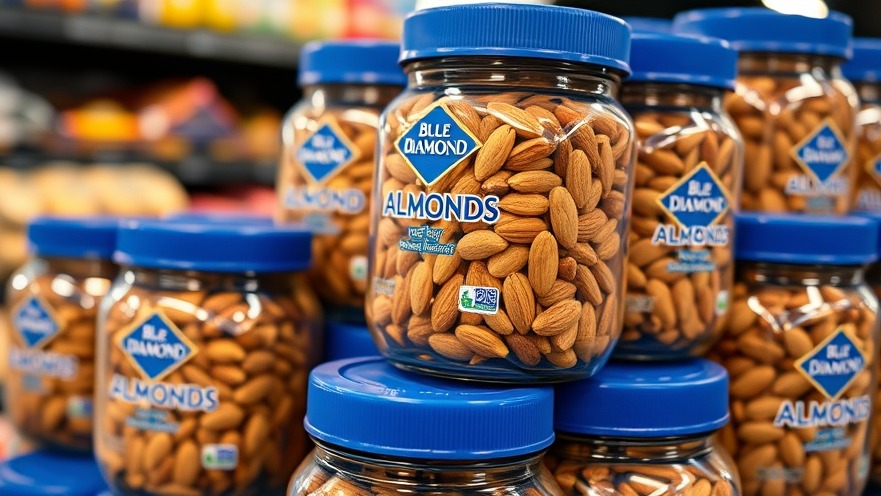
A Significant Shift for Blue Diamond Growers
In a major decision that will affect many lives in Sacramento, Blue Diamond Growers recently announced the closure of its historic almond processing plant in midtown.
The plant has been a staple in the community, housing around 600 workers who face uncertainty as their jobs are relocated to operations in Turlock and Salida.
CEO Kai Bockmann explained the closure stems from challenges in maintaining a plant in such an old building, saying it has become "too costly and inefficient."
Impact on Local Workers
For many employees, the news came as a shock. The move will start later in 2025, with about 10% of workers expected to exit initially.
One employee expressed the difficulty of finding new work amidst economic challenges, emphasizing the urgency of the situation and the emotional toll it has taken on them.
Heritage Meets Modern Challenges
Blue Diamond's plant was not just a workplace; it held historical significance, having roots that trace back to the early 1900s.
The building is listed on the National Register of Historic Places and represents a slice of Sacramento's past as a thriving center for food processing.
As the company focuses on modernizing its operations, Blue Diamond indicated they would look to sell the 50-acre site for possible redevelopment.
Future Prospects for the Area
This transition raises questions about what will happen to the historic site and the local economy. Will the redevelopment lead to new job opportunities in the area? As Sacramento navigates the closure of the plant, this issue becomes increasingly relevant for local residents and community leaders alike.
The Broader Health and Community Context
Blue Diamond Growers is more than just a business; it is part of the fabric of Sacramento's community wellness ethos.
Their almond production not only supports local agriculture, but also aligns with healthier eating trends, making almonds a staple for health-conscious adults, busy parents, and active seniors.
The community should consider how the loss of this plant affects local health initiatives and nutrition accessibility.
Bridging the Gap: Opportunities Ahead
Pilot programs aimed at workforce training or partnerships with local businesses could provide a lifeline for those affected by the plant's closure.
Establishing support systems for displaced workers is crucial, as is ensuring that the next chapter for the Blue Diamond site prioritizes health, community engagement, and sustainable practices.
Environmental Sustainability: A Future Focus
As Blue Diamond pivots its operations south, it also opens the conversation about environmental sustainability. How will the relocation affect the carbon footprint associated with almond production?
Given the rising emphasis on eco-living and health, initiatives focusing on sustainable practices in agriculture will become even more important for consumer sentiments and market demand.
A Call for Community Resilience
The community of Sacramento has always shown resilience in the face of change. While the closure of Blue Diamond's historic plant brings upheaval, it also presents an opportunity to innovate and grow.
By uniting around common goals of economic resilience and health sustainability, the community can transform challenges into chances for a brighter future.
Conclusion: Moving Forward Together
The impending closure of the Blue Diamond plant is more than just a shift for a company; it is about the livelihoods of hundreds of workers and the future of a community entwined with its agricultural heritage.
As Sacramento learns to navigate this transition, the hope is for new growth, both in terms of opportunity and community well-being. Together, we must explore creative solutions and take actionable steps to ensure that, despite loss, the spirit of Sacramento continues to thrive.
 Add Row
Add Row  Add
Add 




 Add Row
Add Row  Add
Add
Write A Comment